Recognizing When It's Time For Laser Source Replacement
Knowing when to replace your laser source is a critical decision for any business or individual relying on laser technology. It involves balancing the upfront cost of a new source with the potential downsides of reduced performance and increased maintenance associated with an aging one. Understanding the signs of laser degradation empowers you to make informed decisions that optimize both performance and budget.
Identifying Performance Degradation
A decrease in output power is often the first noticeable sign of a failing laser source. This may appear as a gradual decline or sudden, unpredictable power fluctuations. If your laser consistently operates below its specified power rating, it's a strong indicator that the source is nearing the end of its lifespan. Another key indicator is a change in beam quality. This could involve a deteriorating beam profile, increased divergence (spreading of the beam), or instability in the beam's pointing accuracy. Any of these changes can signal the need for replacement.
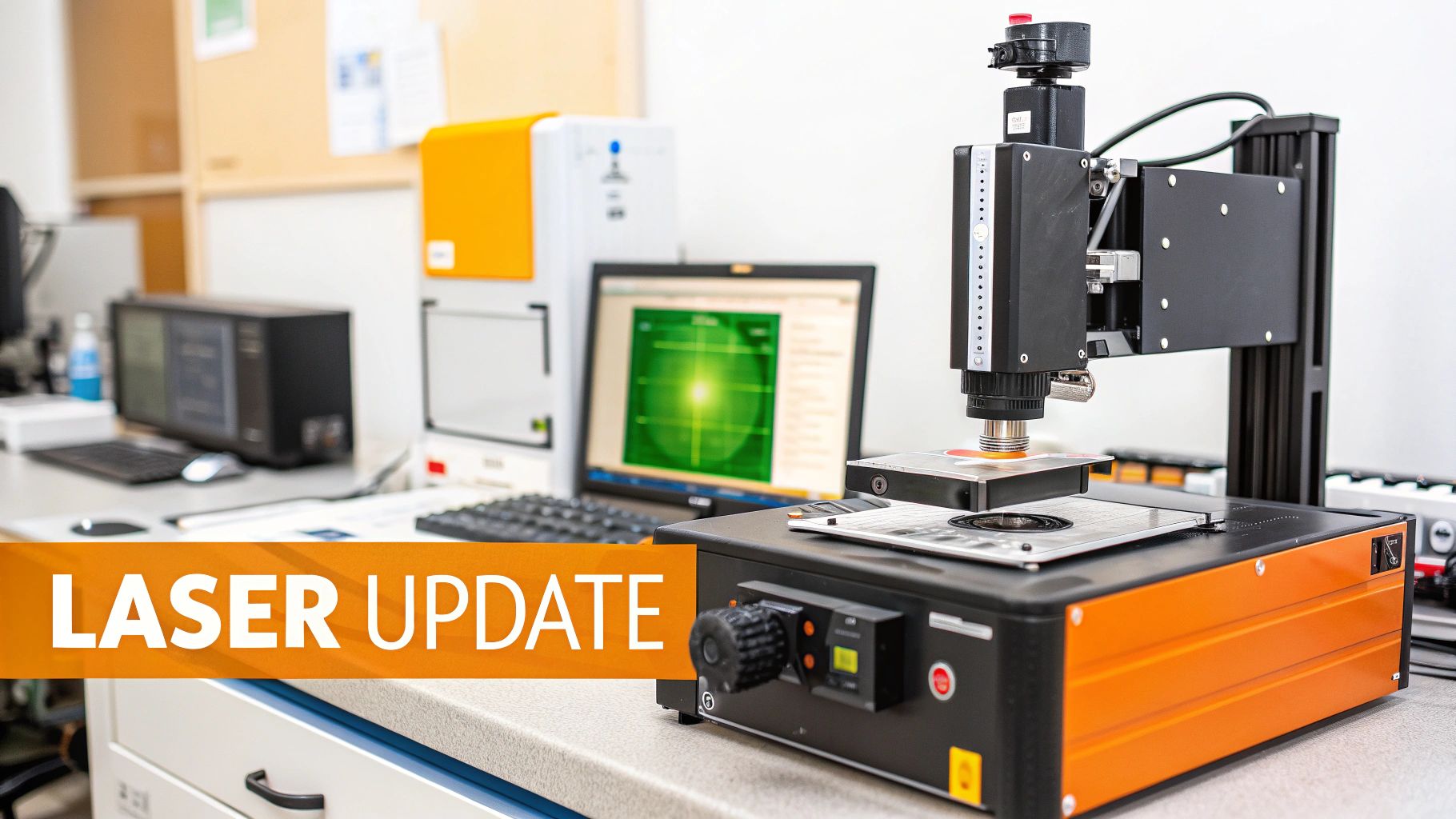
Technology-Specific Considerations
The specific way a laser degrades depends on the underlying technology. CO2 lasers, for example, may experience power reduction due to issues with the gas mixture or deterioration of the optics. Fiber lasers, in contrast, might exhibit power decline due to fiber degradation or problems with the pump diodes. Solid-state lasers can suffer from crystal damage or a decrease in pumping efficiency. Understanding your specific laser technology is crucial for recognizing its unique failure modes.
The Economics of Replacement
Beyond performance, the financial implications of operating an aging laser source are important. Frequent repairs can quickly accumulate, becoming a significant expense that eventually surpasses the cost of a new laser source. Reduced performance also impacts productivity, potentially leading to lower output and increased scrap rates, further affecting your bottom line. The global laser technology market continues to expand, with a value of USD 11.30 billion in 2019 projected to reach USD 15.99 billion by 2027. This growth underscores the increasing dependence on laser technology across various industries. For a deeper dive into market trends, check out this resource: Find more detailed statistics here
Proactive Replacement Strategies
Many leading facilities employ proactive replacement strategies to avoid the unexpected disruptions and expenses associated with emergency replacements. By diligently tracking laser performance metrics and defining specific benchmarks for replacement, they can strategically schedule replacements during planned maintenance periods. This minimizes production downtime and ensures consistent, reliable performance. Much like a car requires routine maintenance and eventual part replacements, a laser system demands similar care. Recognizing warning signs and planning accordingly will keep your laser system operating at peak efficiency.
Making the Financial Case for Laser Source Replacement
Replacing a laser source is a considerable investment. Justifying the expense requires a solid financial argument that goes beyond the initial price tag. A comprehensive Return on Investment (ROI) model is crucial for securing budget approval. This means understanding the complete operational costs of your existing, and likely aging, laser system.
Calculating the True Cost of Aging Systems
Many managers only consider the upfront costs of repairs. However, the total cost of an aging laser system is more complex. Hidden costs, such as reduced productivity from lower output power and increased processing times, must be factored in. Higher scrap rates due to declining beam quality also negatively impact profits. You might be interested in: How to master... Often, these hidden costs significantly outweigh the visible repair expenses, strengthening the argument for laser source replacement.
Documenting Efficiency Gains and Quality Improvements
A strong ROI model depends on demonstrating the potential advantages of a new laser source. Quantify the anticipated efficiency gains from higher power and enhanced beam quality. For instance, a 20% increase in processing speed can substantially boost throughput and directly affect revenue. Similarly, reducing scrap rates through improved precision and consistency makes a compelling financial case. These documented improvements offer tangible proof of the value a new laser source provides.
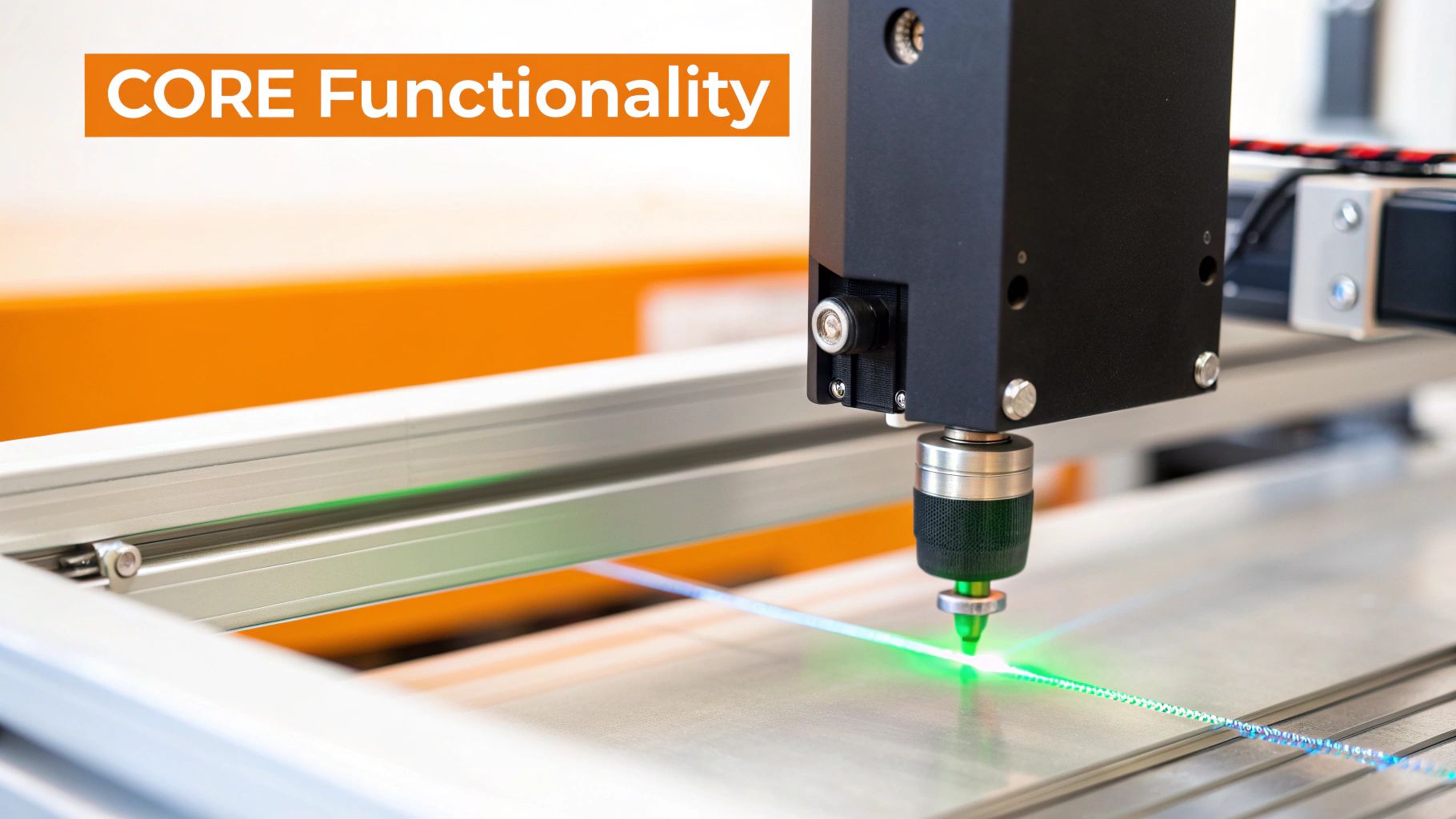
Exploring Financing Strategies and Tax Advantages
Minimizing the initial capital outlay is often a primary concern. Investigate various financing strategies, including leasing or equipment financing, to lower upfront costs and distribute payments over time. Additionally, research potential tax benefits, like deductions or credits, related to capital investments in new equipment. Strategically timing the replacement can further optimize these advantages.
Phased Replacement Programs and Cost Comparison
For larger facilities with multiple laser systems, a phased replacement program can be a more manageable solution. This involves strategically replacing laser sources over a defined period. This distributes the financial burden while incrementally improving overall performance and minimizing disruptions to operations. A phased approach allows for smoother transitions and avoids the significant financial impact of a complete, simultaneous overhaul. To help understand the financial implications of different replacement approaches, the table below offers a comparison.
To help illustrate the cost considerations of different laser source replacement strategies, let's examine a comparison table. This table breaks down the cost factors associated with three different approaches: immediate replacement, delayed replacement, and partial upgrade.
| Cost Factor | Immediate Replacement | Delayed Replacement | Partial Upgrade |
|---|---|---|---|
| Initial Investment | High | Low (initially) | Medium |
| Downtime | Short | Longer (due to eventual failure) | Shortest |
| Productivity Improvement | Immediate & Significant | None until replacement | Gradual |
| Scrap Rate Reduction | Immediate & Significant | None until replacement | Gradual |
| Maintenance Costs | Lower (new system) | Higher (aging system) | Moderate |
| Risk of Unexpected Failure | Eliminated | High | Reduced |
| Long-Term Cost | Potentially lowest due to efficiency gains | Potentially highest due to ongoing issues and eventual full replacement | Moderate |
This table highlights the potential long-term cost benefits of immediate replacement despite the higher initial investment. Delayed replacement carries the risk of higher maintenance costs and unexpected failures. A partial upgrade offers a compromise, providing some immediate benefits while spreading out the investment. Each approach has its own advantages and disadvantages depending on your specific operational needs and budget.
Navigating Today's Laser Source Technology Landscape
The laser technology field is constantly changing. This makes choosing a replacement laser source more complicated than just swapping one for another. It's essential to look past marketing hype and concentrate on the specifications that genuinely matter for your particular application. This means understanding how various laser technologies perform in practical situations, not just theoretical ones.
Comparing Fiber, Diode, and Emerging Technologies
When you're thinking about replacing your laser source, you'll probably come across several technologies. These include fiber lasers, diode lasers, and a number of up-and-coming options. Fiber lasers are known for their high power and excellent beam quality. This makes them suitable for demanding applications such as cutting and welding. Diode lasers, conversely, offer better efficiency and a smaller size. They are often preferred for marking and engraving. Newer technologies like Vertical-Cavity Surface-Emitting Lasers (VCSELs) are influencing specific industries, especially optical communications. Knowing the strengths and weaknesses of each technology is crucial for making the right choice.
Key Specifications vs. Selling Points
Many laser manufacturers emphasize impressive technical specifications. However, not all specifications lead to noticeable improvements in actual use. For example, a higher power rating won't necessarily guarantee superior results if the beam quality is subpar. Likewise, a broad wavelength range isn't helpful if your application only needs a particular wavelength. Concentrate on the specifications that have a direct impact on your specific process. These include power stability, beam profile, and pulse duration. Learn more in this article about Laser Source Selection.
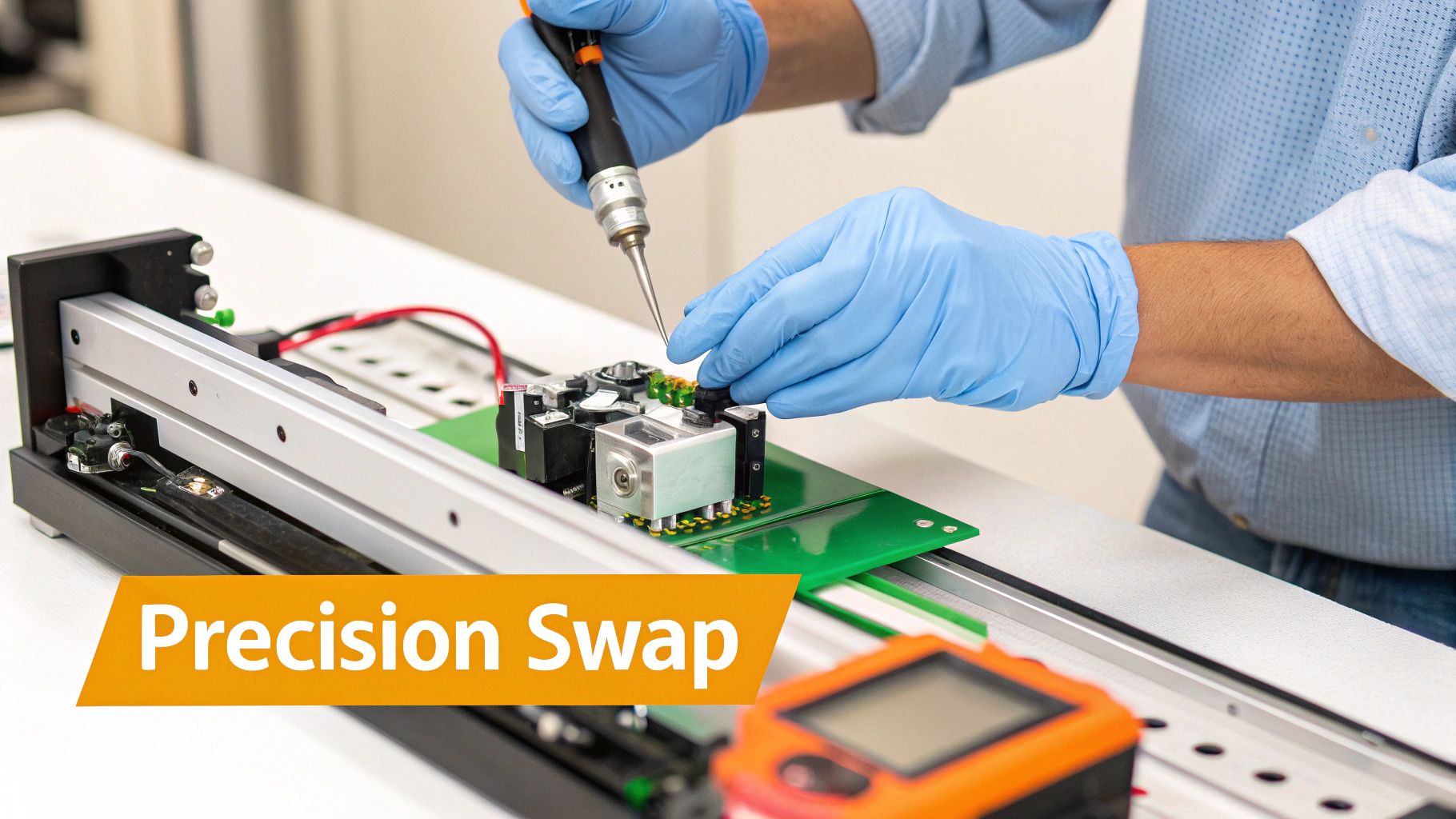
Future-Proofing Your Investment
Technology advances rapidly. This makes it vital to consider the future when replacing your laser source. Choosing a technology with clear upgrade paths can help you avoid expensive replacements later on. This means selecting systems designed for modularity and compatibility with future developments. Also, make sure your chosen technology aligns with emerging manufacturing techniques. This prevents you from becoming outdated. For instance, think about the increasing use of additive manufacturing and how your laser source can be incorporated into these processes. This forward-thinking approach will maximize the value of your investment and position you for continued success. The rise of VCSELs has significantly altered the landscape for laser source replacement in the optical communications industry. By 2022, the optical communications segment held over 30% of the global laser technology market, largely driven by the increasing demand for VCSELs in data centers for fast data transmission. Discover more insights about Laser Technology Market Trends. This trend highlights the importance of considering new technologies when choosing a replacement laser source.
Industry-Specific Laser Source Replacement Strategies
Laser source replacement isn't one-size-fits-all. Every industry faces its own challenges and opportunities. This means automotive manufacturers, semiconductor facilities, electronics producers, and general manufacturers will each have a unique approach. Understanding these nuances is crucial for optimizing your replacement strategy.
Manufacturing: Balancing Productivity and Precision
In manufacturing, laser sources are essential for various processes, from cutting and welding to marking and engraving. Productivity is key. Replacing an older laser source with a newer, high-power model can dramatically boost throughput. A more powerful laser cuts faster and more precisely, reducing processing time and waste.
This focus on productivity makes laser source replacement very attractive in manufacturing. The growing demand for high-precision manufacturing also fuels the adoption of advanced laser technologies. The laser processing market, valued at USD 6.8 billion in 2024 and projected to reach USD 11.0 billion by 2029 (a 10.1% CAGR), further emphasizes the need for laser source replacement. Explore this topic further
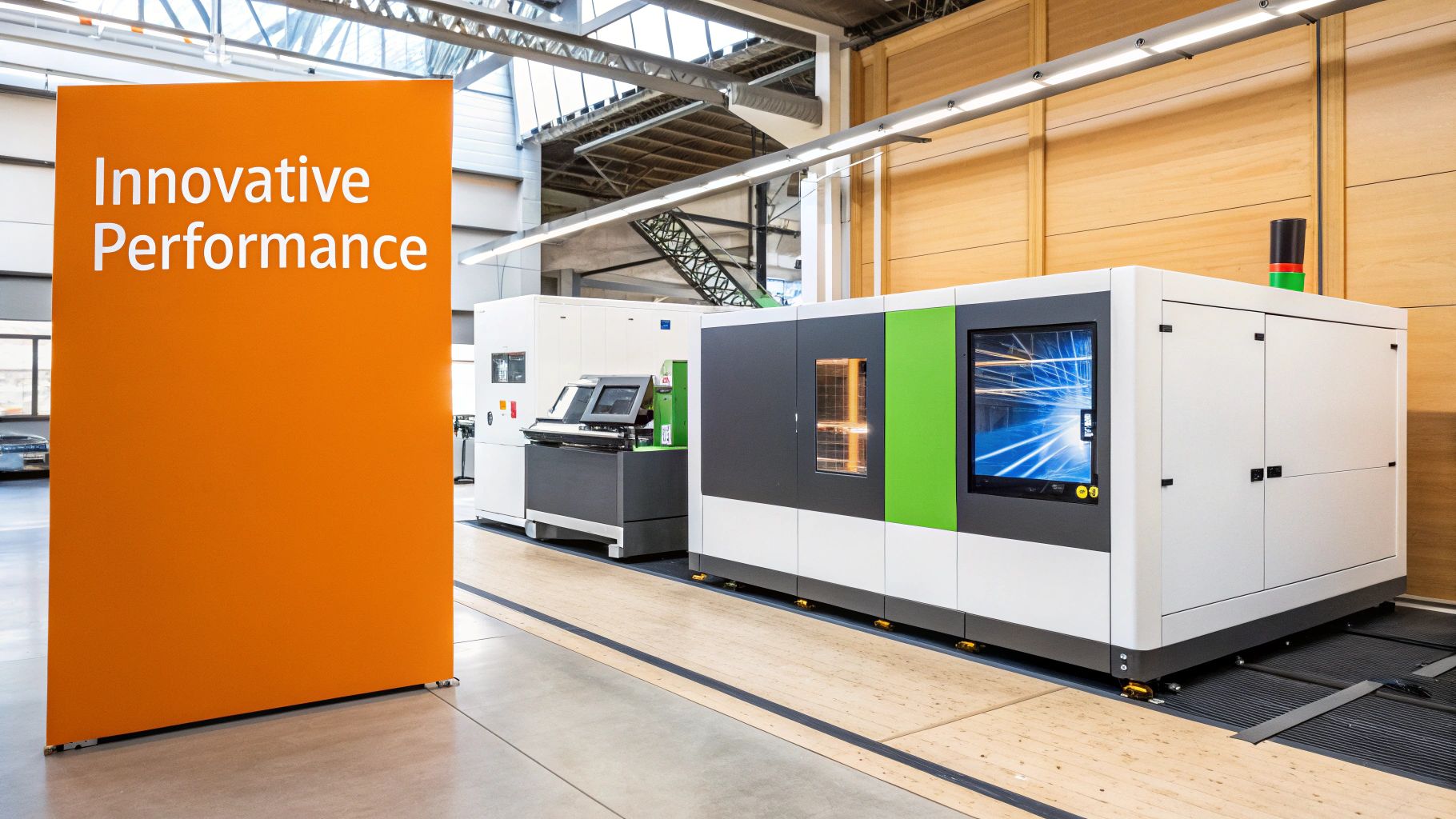
Semiconductor & Electronics: Maintaining Microscopic Accuracy
The semiconductor and electronics industries use lasers for incredibly precise work like wafer scribing and micromachining. Here, the priority shifts from power to beam quality and stability. A deteriorating beam profile can create inconsistencies in these delicate processes, leading to higher defect rates and lower yields. Laser source replacement is vital for maintaining quality and profitability.
Automotive: Adapting to Evolving Demands
The automotive sector has its own specific needs. Lasers weld car body panels, cut interior components, and more. As car designs and materials change, so do the demands on laser sources. Automotive manufacturers must carefully consider the flexibility of new laser sources. Investing in adaptable lasers lets them adjust to evolving production needs without constant replacements.
Regulatory Compliance and Competitive Advantage
Across all sectors, regulations about laser safety and environmental impact influence laser source replacements. Companies must understand these rules when planning upgrades. Beyond compliance, laser source replacement offers a competitive edge. Businesses that invest in the latest laser technology can achieve higher efficiency, better quality, and lower costs, putting them ahead of the competition. This forward-thinking approach not only ensures compliance but also establishes companies as industry leaders.
Medical Laser Source Replacement: Critical Considerations
Healthcare facilities face unique challenges when replacing medical laser sources. Balancing clinical needs with regulatory compliance and budget constraints creates a complex decision-making process. This involves collaboration between clinicians, biomedical engineers, and administrators. Patient safety is paramount throughout the entire replacement process.
Balancing Patient Safety and Operational Needs
Leading healthcare institutions prioritize patient safety during laser source replacements. This includes rigorously testing and validating new laser sources to evaluate reliability and performance. Many facilities conduct extensive bench testing before clinical integration, ensuring the new laser meets or exceeds the previous system's performance. Minimizing disruptions to patient care during the transition is also critical. Strategic planning and scheduling help maintain seamless operations and prevent treatment delays.
Validating Replacement Systems and Ensuring Staff Proficiency
Validated protocols are crucial for replacement systems. These protocols often include performance benchmarks, safety checks, and calibration procedures. This methodical approach reduces potential risks and ensures treatment safety and efficacy. Staff training on the new laser technology is also vital. Comprehensive programs with hands-on practice and competency assessments ensure clinician proficiency before patient interaction, maximizing benefits while safeguarding patient well-being.
The Financial Impact of Laser Source Replacement in Healthcare
Financial constraints significantly impact medical laser replacement decisions. However, upgrading to newer technology can offer long-term benefits that outweigh the upfront costs. Demand for advanced laser technologies drives the replacement of older systems. The global medical laser market, valued at USD 5.91 Billion in 2023, is projected to reach USD 24.78 Billion by 2034, growing at a CAGR of 13.87% from 2024 to 2034. Read the full research here This growth highlights the increasing importance of lasers in healthcare and the need for facilities to stay current. A comprehensive cost-benefit analysis should consider the purchase price, potential for improved outcomes, reduced maintenance, and increased revenue.
Case Studies: Enabling New Treatment Capabilities
Strategic laser source replacements can unlock new treatment capabilities. Upgrading to a more precise laser can enable minimally invasive procedures, leading to faster recovery times and higher patient satisfaction. New laser technologies may also allow for treatment of previously untreatable conditions, expanding service offerings and attracting new patients. These advancements improve clinical outcomes and create revenue opportunities. By carefully evaluating the clinical, regulatory, and financial aspects, healthcare facilities can make informed decisions that benefit both patients and their bottom line.
Executing a Flawless Laser Source Replacement Project
Replacing a laser source is a complex undertaking, demanding careful planning and execution. Even with the best intentions, overlooking critical steps can lead to project delays and costly overruns. This section guides you through the essential phases of a successful laser source replacement, from initial vendor selection to final operator training.
Vendor Selection and Project Scope Definition
Choosing the right vendor is crucial. Don't just focus on the initial price tag. Consider factors like the vendor's technical expertise, the quality of their post-sales support, and their overall track record. Equally important is clearly defining the project scope upfront. This includes specifying the new laser source's technical requirements, how it will integrate with your existing systems, and the acceptance criteria for a successful handover. Consider the impact on your team. Technological advancements, like those discussed in the Hospital Scribe Revolution, necessitate adapting roles and workflows.
Creating a Detailed Project Timeline
A well-defined timeline minimizes disruption to your operations. Divide the project into manageable phases, each with clear milestones and deliverables. Factor in lead times for equipment delivery, installation, testing, and operator training. For instance, dedicate ample time for system integration and testing before going live. This proactive approach prevents costly delays and ensures a smooth transition to the new laser source.
To help illustrate the process, the following table provides a typical timeline breakdown:
Laser Source Replacement Timeline
A detailed breakdown of the typical timeline for replacing a laser source, from planning through implementation.
| Phase | Key Activities | Typical Duration | Critical Considerations |
|---|---|---|---|
| Planning | Vendor Selection, Scope Definition, Budget Approval | 2-4 weeks | Clearly defined requirements, vendor capabilities, and budget constraints |
| Procurement | Ordering the Laser Source and Related Equipment | 4-8 weeks | Lead times for delivery and potential supply chain disruptions |
| Installation | Physical Installation of the Laser Source | 1-2 weeks | Technical expertise, site preparation, and safety protocols |
| Integration | Integrating the Laser Source with Existing Systems | 2-4 weeks | Compatibility testing and system configuration |
| Testing & Verification | Performance Testing and Acceptance Criteria Validation | 1-2 weeks | Thorough testing protocols and clearly defined acceptance criteria |
| Training | Operator Training on the New Laser Source | 1 week | Comprehensive training materials and hands-on practice |
| Commissioning & Go-Live | Final System Checks and Transition to Live Operation | 1 week | Monitoring performance and addressing any initial issues |
This table offers a general framework; actual timelines will vary based on project complexity and specific requirements. Careful planning in each phase is crucial for a successful outcome.
Testing and Verification Protocols
Thorough testing is essential. Develop comprehensive testing protocols encompassing all aspects of the new laser source's operation, such as power output, beam quality, and integration with existing systems. This methodical approach allows you to identify and address any issues early on, ensuring the new system meets the specified requirements. Establish clear acceptance criteria to validate the implementation. These benchmarks offer objective measures of success and facilitate a smooth handover process.
Training Programs and Operator Proficiency
Investing in operator training is paramount. Develop comprehensive training programs covering both basic operation and troubleshooting for the new laser source. This empowers your team to use the new technology effectively, maximizing its potential and minimizing errors caused by unfamiliarity. Consider offering regular refresher courses and ongoing support. Resources like Our blog on laser maintenance can provide additional valuable information. This promotes continuous improvement and ensures sustained performance.
Managing System Integration and Addressing Unexpected Challenges
System integration can be a complex process. Ensure seamless compatibility between the new laser source and your current equipment. Carefully evaluate interfaces, control systems, and software integration to minimize disruptions. Anticipate potential challenges, such as technical difficulties or delays in equipment delivery. Having contingency plans in place helps mitigate these risks. A dedicated project manager with technical expertise is invaluable for overseeing system integration and addressing any unexpected issues effectively.
By following these steps, you can successfully navigate the intricacies of a laser source replacement project, ensuring a smooth transition, minimizing downtime, and maximizing your investment. Ready for more? Explore the latest laser technology at Laser Insights China.
